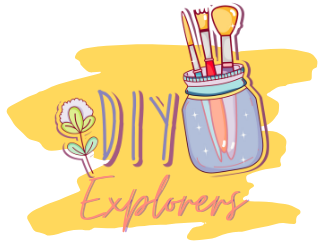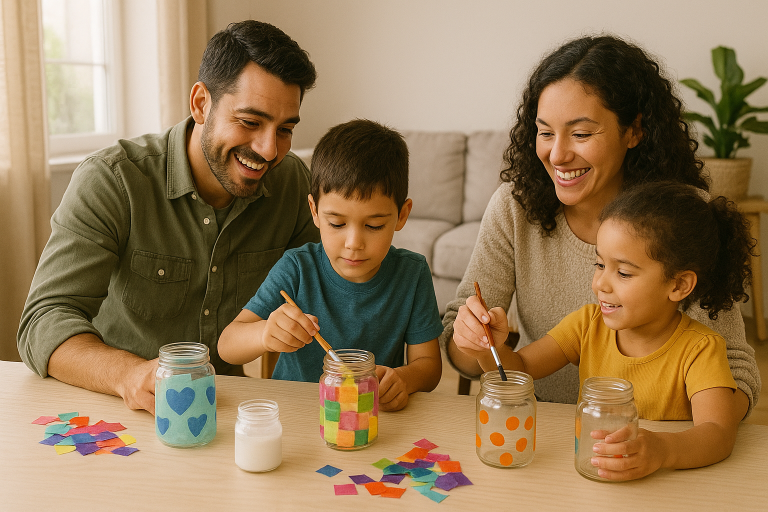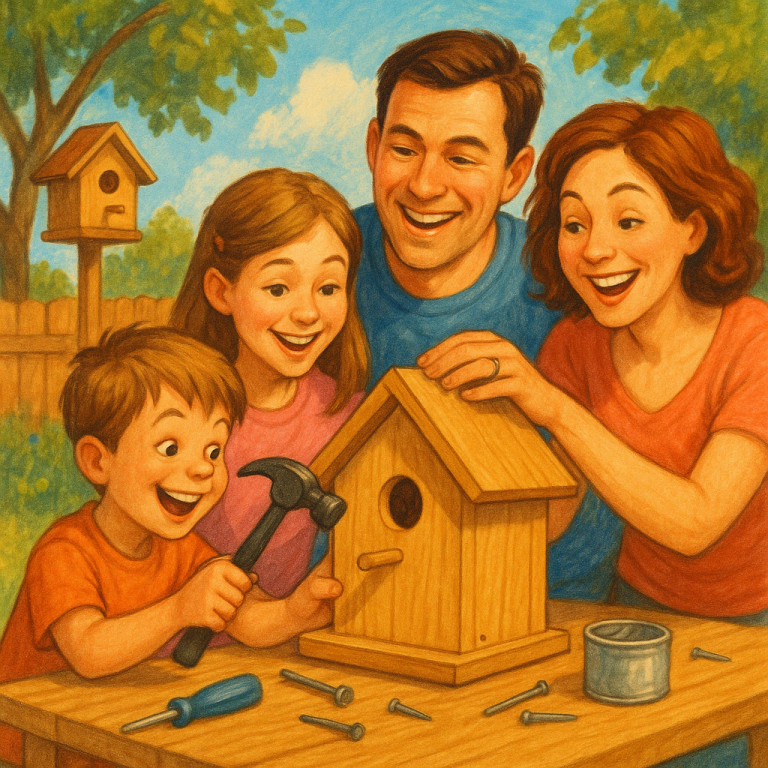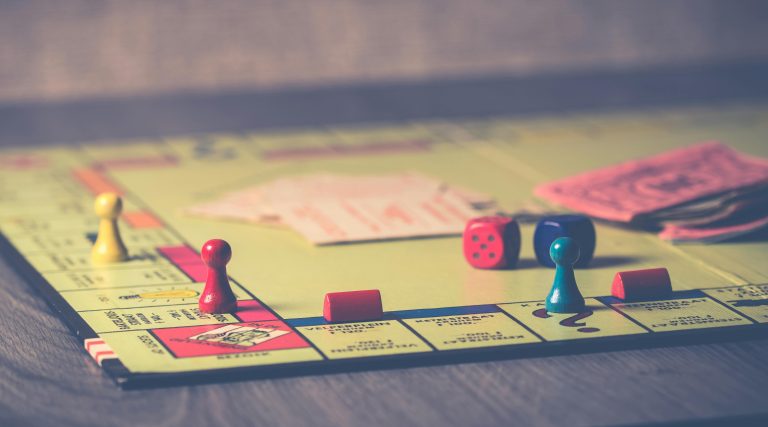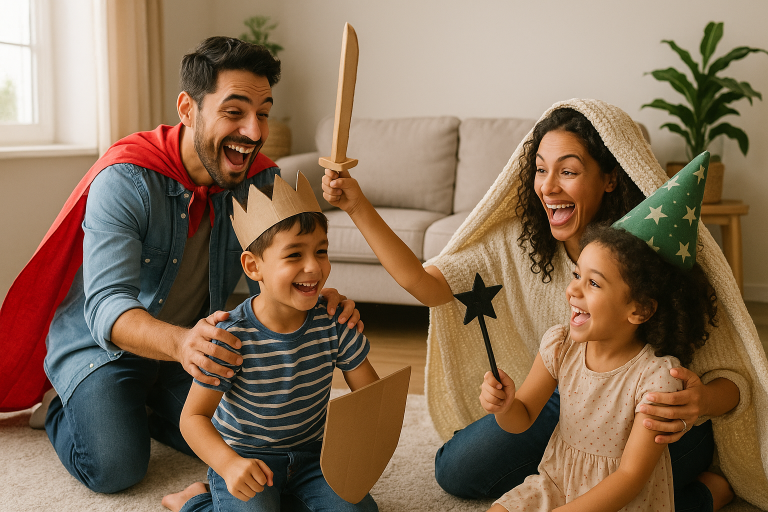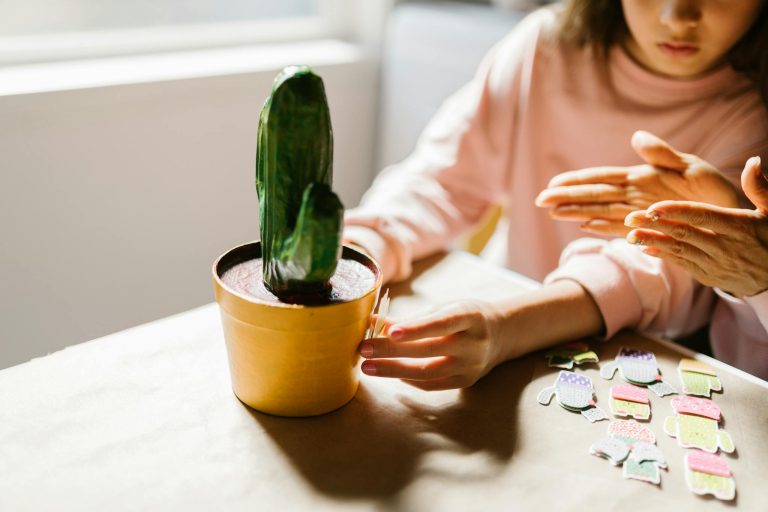Gustav Klimt‘s exhibition in Vienna is one the most amazing and historic artistic experience you can go through. You go there, yes, to admire the paintings, but also to feel what the artist felt as he was creating his masterpieces.
That making or process was often not about the finished product. But the journey, the thoughts, the dreams, the strokes of paints and the emotions the artist felt. For you, as a family, it’s also about the laughter, conversation and cooperation that happen along the way. Collaborative projects give everyone in the family (toddlers through grandparents)a chance to contribute ideas and skills. When you build something together, you also build relationships.
It is well documented that family art time helps relieve stress, strengthens relationships and encourages communication. Below are ideas for projects and tips for making them meaningful.
Key Points:
Family art projects boost bonding, reduce stress and help kids build communication, creativity and emotional literacy skills. Simple activities like rock painting, collages and sidewalk murals work for all ages and require minimal supplies. Focus on the process, talk about choices and enjoy creating something meaningful together.
Fun projects that unite every age
- Painted rocks. Collect smooth stones on a walk and set up a painting station at home. Each person chooses a stone and decorates it with acrylic paints. We recommend this project because picking rocks of different shapes encourages individual expression, yet the finished pieces look cohesive when displayed together.
- Family collage. Spread magazines, printed photos and natural objects across the table. Everyone cuts out pictures or words that represent them and glues them to a large poster board or cardboard base. This idea invites discussion about why each image was chosen and results in a visual story of your household.
- Chain of hearts. For a simple craft, decorate the paper strips and linking them into a chain of hearts. Each link is unique, but the chain symbolizes unity. Hang it in a common area as a reminder of your connection.
- Altered puzzle. Find an old children’s puzzle at a thrift store and let each family member paint or draw on a piece. When you reassemble the puzzle, the varied styles come together as one piece of art. This is an excellent metaphor for how individual personalities contribute to a family whole.
- Sidewalk mural. On a sunny day, take your chalk outside and create a giant sidewalk mural. Sharing space means you have to cooperate, and mistakes are easily erased with water. Try drawing a mandala together or illustrate a story as you go.
You might also enjoy decorating craft sticks, building a birdhouse, weaving yarn on a large frame, or painting a long branch and displaying it on the wall.
Dive deeper into the powerful effects of family time and crafting as a family with our article Emotional Literacy Through Crafts: Helping Kids Understand Feelings With Their Hands.
Tips for a successful collaborative session
- Set a welcoming tone. Let go of expectations about what art “should” look like. Group projects are about bonding and learning rather than perfect technique. Encourage improvisation and remember that messy can be beautiful.
- Choose accessible materials. Keep supplies simple: poster board, cardboard, paper strips, paints, markers, glue and recycled items. Many projects, like rock painting or paper chains, can be done with items you already have at home. If you want to incorporate natural materials, review our ethical foraging guide (linked in our nature collage post) to collect responsibly.
- Invite everyone to contribute. Toddlers can add fingerprints or glue pre‑cut shapes; older children might design more detailed sections. This inclusive approach encourages cooperation and builds confidence. Playto emphasises that art projects boost self‑esteem and help children develop communication and collaboration skills.
- Talk about the process. While working, ask open‑ended questions: “What does this colour make you think of?” or “How did you come up with that pattern?” Discussing choices fosters language skills and empathy. Celebrate both individual contributions and the collective result.
Why collaborative art matters
When families create together, they gain more than a handmade decoration. As we briefly mentioned about, art sessions reduce stress, offer screen‑free time and provide an affordable way to spend time together. Children develop fine motor skills, practice problem‑solving and learn to articulate their ideas. Creative activities can boost confidence, support cognitive development and enhance social skills.
Working side by side also strengthens emotional bonds. Painting rocks or weaving yarn may seem simple, but it creates space for conversations that might not happen otherwise. Each person’s contribution becomes part of a larger whole, reflecting how families support one another.
More from DIY Explorers
If you enjoyed these ideas, check out Creative Crafts & DIY Projects For the Whole Family or doing jar projects with your young ones!
Videos to get inspired
Family Art Projects for Kids | Fun kid-friendly collaborative art activities
Fun & Easy Paper Cup Toys To Make As a Family
Fun and satisfying arts and crafts as a family
Gather your supplies, invite the whole crew and let the art unfold. With a little creativity and a lot of cooperation, collaborative projects can become cherished family traditions.
Quick FAQ
Collaborative art projects strengthen family bonds, reduce stress and help kids develop communication, problem-solving and emotional literacy skills. Creating together also encourages teamwork, self-expression and meaningful, screen-free time that supports healthy child development.
Simple options include painted rocks, family collages, heart chains, altered puzzles and sidewalk murals. These require minimal materials, work for all ages and help create shared memories while encouraging creativity and cooperation.
Set a relaxed, welcoming tone, provide easy materials, and invite everyone—even toddlers—to participate. Ask open-ended questions about choices and colours to spark conversation. Focus on the creative process over perfection to make the experience enjoyable for all ages.
